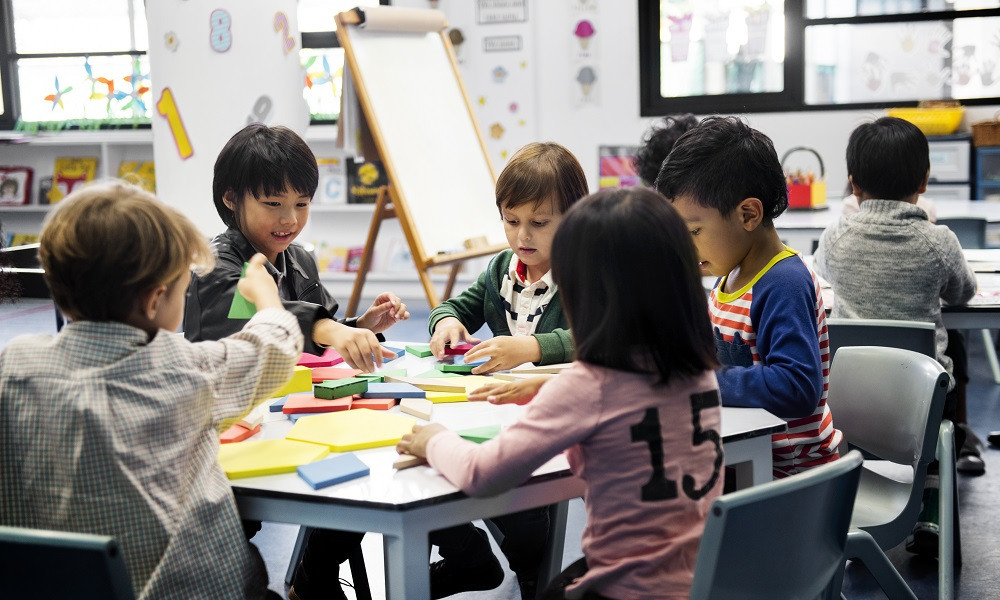When parents in Bukit Batok begin their search for the perfect kindergarten Bukit Batok, they often focus on the visible elements—colourful classrooms, cheerful teachers, and gleaming playgrounds. Yet beneath this surface lies a profound biological and psychological transformation that rivals the complexity of any medical breakthrough I’ve witnessed in my years studying human development.
The human brain at age three to six exists in a state of extraordinary plasticity, a neurological renaissance that will never again be replicated in the course of a lifetime. During these crucial years, synaptic connections form at an astonishing rate of 700 to 1,000 new neural connections per second. This is not merely educational preparation—it is biological architecture being constructed in real time.
The Architecture of Wonder: How Early Learning Shapes Neural Pathways
In the bustling neighbourhoods of Bukit Batok, parents witness daily miracles without recognising their significance. A child learning to tie shoelaces is simultaneously developing fine motor control, spatial reasoning, and sequential thinking. The simple act of sharing toys during circle time activates neural networks responsible for empathy, impulse control, and social cognition.
Consider the profound transformation occurring when a four-year-old attempts to sound out letters. The visual cortex processes symbols, the auditory cortex interprets sounds, whilst the prefrontal cortex orchestrates the complex dance between memory and meaning. This is not rote learning—it is the birth of literacy itself, emerging from the primordial soup of curiosity and instruction.
The Singapore Advantage: Cultural Wisdom Meets Modern Pedagogy
Singapore’s approach to early childhood education reflects a sophisticated understanding of developmental science. As the Ministry of Education notes, “Quality early childhood care and development programmes… provide children with a strong foundation for lifelong learning.” This philosophy recognises that kindergarten education transcends academic preparation—it fundamentally rewires the developing brain for future success.
The multicultural tapestry of Singapore creates unique opportunities for cognitive development. Children in Bukit Batok kindergartens naturally encounter:
- Multiple languages that enhance executive function and cognitive flexibility
- Diverse cultural perspectives that broaden neural pathways associated with creativity
- Varied social contexts that strengthen emotional intelligence networks
- Rich sensory experiences that promote multisensory integration
The Invisible Curriculum: What Science Reveals About Play
To the untrained eye, children at play appear to be simply having fun. Yet neuroscientific research reveals play as nature’s most sophisticated learning mechanism. When a child builds with blocks, they unconsciously engage mathematical concepts—geometry, spatial relationships, and structural engineering principles that would challenge university students.
The seemingly chaotic energy of a kindergarten playground actually represents highly organised learning laboratories. Chase games develop cardiovascular fitness whilst simultaneously strengthening neural networks responsible for strategic thinking and social cooperation. Sandbox excavations become exercises in hypothesis formation and scientific methodology.
Language as Living Architecture
Perhaps nowhere is the miracle of early development more evident than in language acquisition. A three-year-old brain possesses an almost supernatural ability to absorb linguistic complexity. In Singapore’s multilingual environment, children effortlessly navigate between English, Mandarin, Malay, and Tamil—a cognitive feat that would exhaust adult learners.
This linguistic agility creates measurable changes in brain structure. Bilingual and multilingual children demonstrate enhanced cognitive control, superior problem-solving abilities, and increased creative thinking. Singapore’s kindergarten environment naturally cultivates these advantages through daily immersion in linguistic diversity.
The Social Laboratory: Emotional Intelligence in Formation
Modern neuroscience has revealed emotional intelligence as equally crucial to success as traditional academic measures. Kindergarten classrooms serve as sophisticated laboratories for emotional development, where children learn to:
- Recognise and regulate their own emotions
- Interpret social cues and respond appropriately
- Develop empathy through shared experiences
- Navigate conflict resolution and compromise
- Build resilience through manageable challenges
These skills, developed during the kindergarten years, become the foundation for future relationships, career success, and psychological well-being.
The Teacher as Neural Architect
Skilled early childhood educators function as neural architects, carefully scaffolding experiences that promote optimal brain development. They intuitively understand that learning occurs through relationships, creating environments where curiosity flourishes and mistakes become learning opportunities rather than failures.
Research consistently demonstrates that high-quality early childhood programmes produce measurable benefits that persist throughout life—improved academic performance, reduced behavioural problems, and enhanced social competence. These outcomes reflect fundamental changes in brain organisation that occur during these critical years.
Investment in Tomorrow: The Economics of Early Development
Nobel Prize-winning economist James Heckman’s research demonstrates that investment in early childhood education yields the highest return of any educational expenditure. Every dollar invested in quality early childhood programmes returns seven to twelve dollars in reduced social costs and increased productivity.
This economic reality reflects the biological truth that early experiences literally sculpt the developing brain. Neural pathways established during these crucial years become the highways along which all future learning travels.
The choice of kindergarten represents far more than educational planning—it constitutes an investment in your child’s neurological architecture. In the vibrant community of Bukit Batok, parents have the privilege of providing their children with foundations that will support a lifetime of learning, growth, and human flourishing. The years spent in kindergarten Bukit Batok offer not merely preparation for primary school, but the construction of cognitive, emotional, and social capabilities that will serve your child throughout their remarkable journey of human development.






More Stories
Weekend Hobby: Joining Acoustic Guitar Workshops as a Family
How a Maths Tuition Centre Can Help You Start Strong
Benefits or Necessity of Choosing the Right Academy